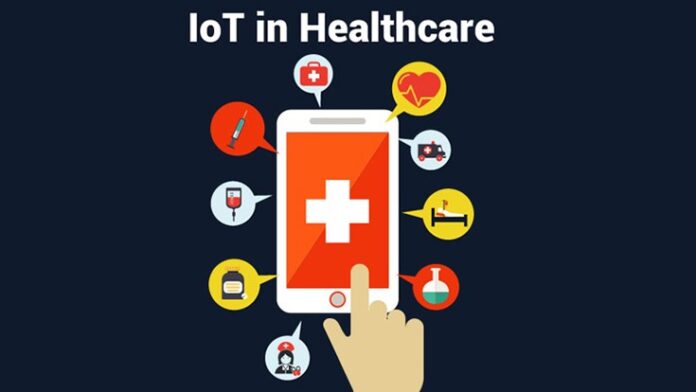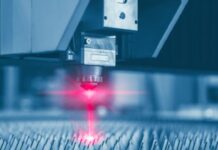The Internet of Things is transforming almost every industry and healthcare is no exception. The healthcare industry is being revolutionized by redefining the way apps, devices, and people interact and connect with each other. The IoT is providing tools for delivering healthcare solutions that ensure the well-being of patients while minimizing the costs of treatment and enhancing the treatment outcomes. As such, with the ongoing research and development in this field, soon IoT will bring economic and social benefits to the citizens, governments, and businesses through advanced and improved solutions.
For hospitals, IoT offers endless opportunities such as automating workflows, improving treatments and consequently saving lives. IoT applications in the healthcare industry range from personal fitness to controlling the temperature within operating rooms. With the help of connected devices, it is now possible to eliminate chances of human error which had serious outcomes.
Certainly, the Internet of Things (IoT) holds the potential to transform the healthcare industry. There are innumerable benefits of IoT for healthcare organizations and here we’ll look at a few of the major benefits.
Superior Treatment Outcomes
With the help of cloud computing or other virtual infrastructure, IoT offers health care solutions to access real-time information. This data-driven information is useful for healthcare providers to make knowledgeable decisions and provide evidence-based treatments. As a result, patients receive timely care and the result of the treatment also gets improved. The continuous monitoring of patients with the help of real-time data also helps in treating the diseases before the condition worsens. With solutions like blood pressure monitoring, smart pills, and IoT enabled wearable devices, the treatment outcomes are improving. Sensor-based monitoring devices observe blood pressure levels of hypertension patients to reduce the chances of cardiac arrests.
Cut Down Costs
IoT enabled connected devices can help healthcare providers to monitor patients on a real-time basis. This healthcare solution can help in reducing the cost incurred by patients to visit a doctor again and again. Also, with the improvement in the homecare facilities, the cost of hospital readmissions and stays will go down. With the development of Telemedicine, it is now possible to treat patients using telecommunications. This can significantly minimize costs and in-facility congestion. Remote Patient Monitoring (RPM) or the homecare telehealth is already being used by some healthcare provider to perform routine tests and send the real-time test data to the hospital. The IoT devices can also manage the costs of drug management which is a significant expense for the healthcare industry.
Decrease Chances of Errors
IoT can minimize the chances of human error by automating the workflows and providing an accurate collection of data. The data-driven decisions are beneficial for reducing system costs and decreasing the chances of errors. The healthcare information is made available from various monitoring systems and medical devices in the Electronic Healthcare Records (EHR) systems. This EHR system can send data to doctors, labs, nurses, and general physicians.
Better Patient Experience
The IoT enabled connected health care system focuses on the needs of the patient. All the IoT solutions such as accurate diagnosis, advanced treatments, timely physician intervention, and improved treatment outcomes result in enhancing the overall experience of the patients.










![Anso FG Reviews: UPDATED 2024 [ansofg.com] Anso FG Reviews UPDATED 2024 [ansofg.com]](/wp-content/uploads/2023/12/Anso-FG-Reviews-UPDATED-2024-ansofg.com_-100x70.png)







